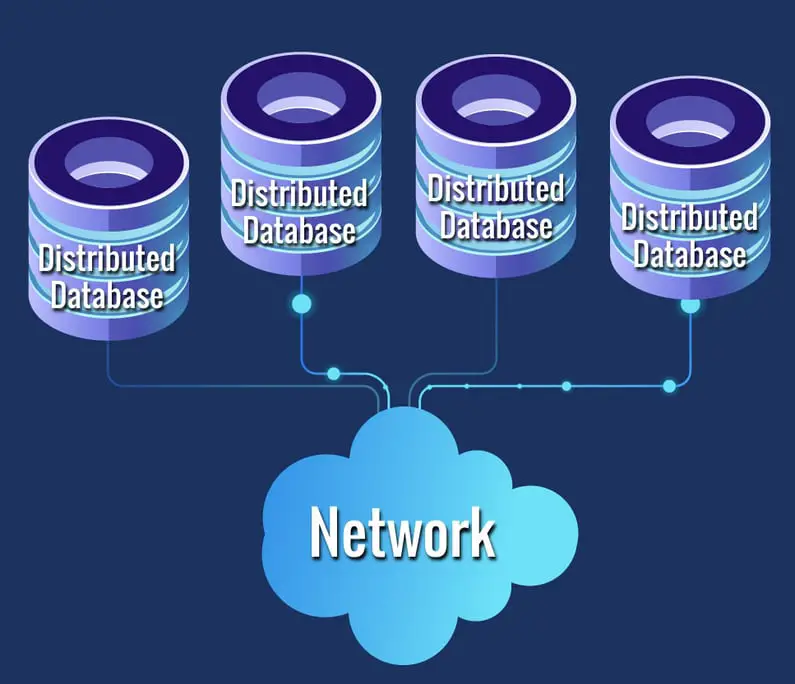Debugging Distributed Databases: Ensuring Data Integrity Across Systems

Distributed databases are becoming increasingly popular due to their ability to provide high scalability, availability, and performance. However, debugging distributed databases can be a challenging task due to the complexity of the systems involved. In this article, we will discuss some common debugging techniques for distributed databases and provide tips on how to ensure data integrity across systems.

Common Debugging Techniques

- Use logs and traces: Logs and traces provide a detailed record of the events that occur within a distributed database. They can be used to identify errors, track down performance issues, and debug problems.
- Use monitoring tools: Monitoring tools can help you track the health of your distributed database. They can provide information about the system’s performance, resource usage, and error rates.
- Use unit tests and integration tests: Unit tests and integration tests can help you identify bugs in your code and ensure that your database is behaving as expected.
- Use debugging tools: There are a number of debugging tools available that can help you debug distributed databases. These tools can provide features such as step-by-step debugging, breakpoints, and memory dumps.
Ensuring Data Integrity
In addition to debugging techniques, there are a number of best practices that you can follow to ensure data integrity across systems in a distributed database. These best practices include:
- Use a distributed consensus protocol: A distributed consensus protocol ensures that all nodes in the system agree on the state of the database. This helps to prevent data corruption and inconsistencies.
- Use data replication: Data replication involves storing multiple copies of the data on different nodes in the system. This helps to protect against data loss in the event of a node failure.
- Use data validation: Data validation involves checking the data for errors before it is stored in the database. This helps to prevent corrupt data from being stored in the system.
- Use data encryption: Data encryption involves encrypting the data before it is stored in the database. This helps to protect the data from unauthorized access.
By following these debugging techniques and best practices, you can help to ensure the integrity of your data in a distributed database. This will help you to maintain a reliable and scalable system that can meet the needs of your business.


